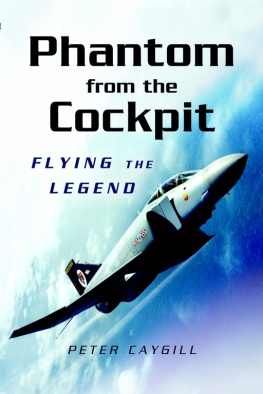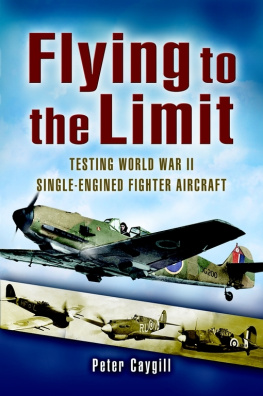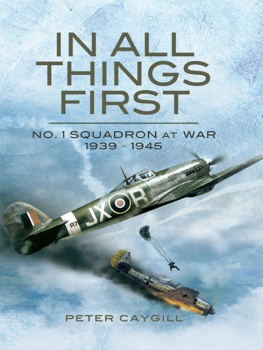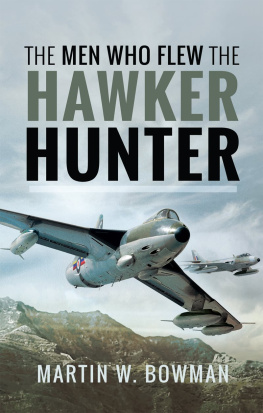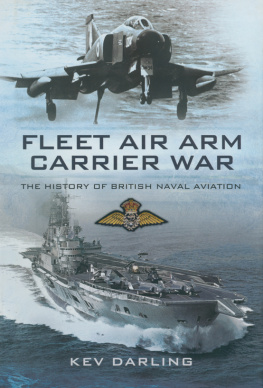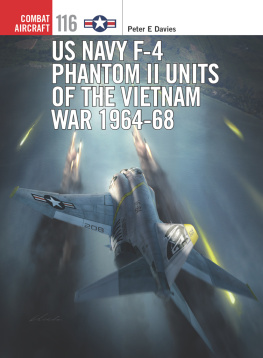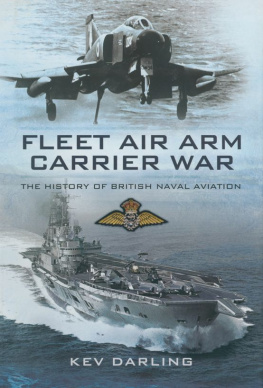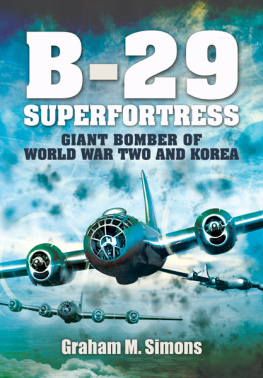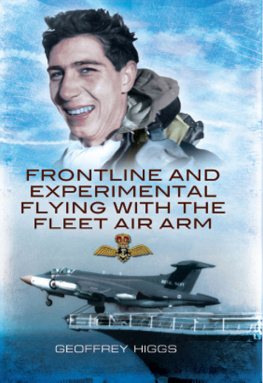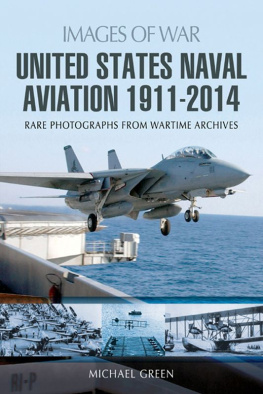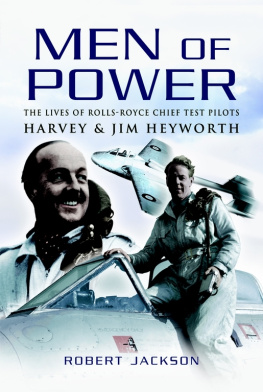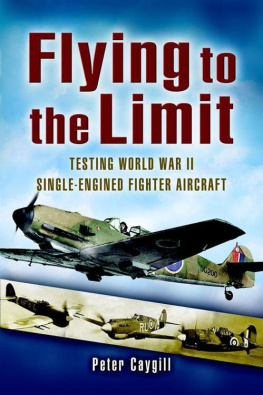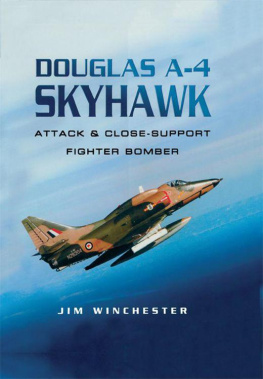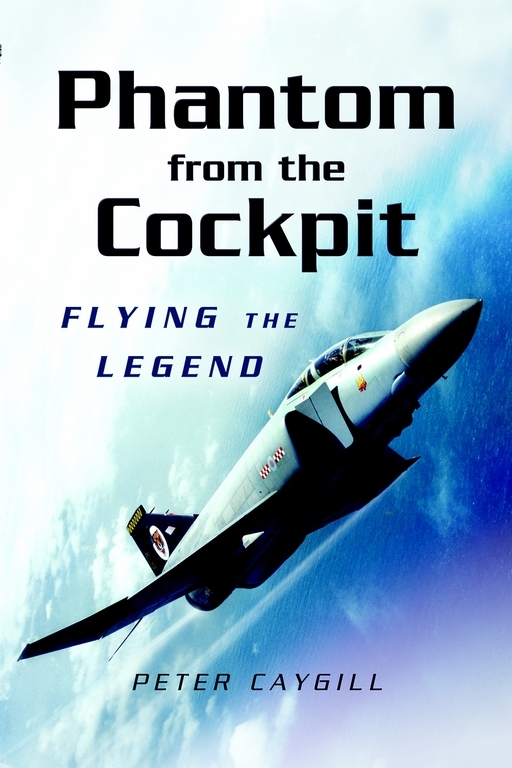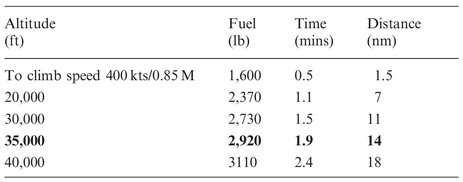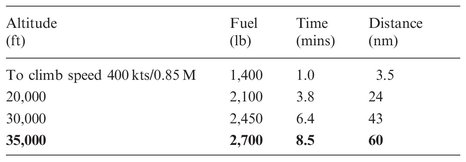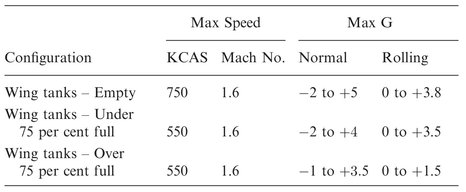Acknowledgements
T he inspiration for this book came from Wing Commander Peter Desmond, a highly experienced night-fighter navigator whose long RAF flying career included testing the Phantom at A&AEE, Boscombe Down, and completing tours at Bruggen in 2ATAF and at Leuchars with 43 Squadron. Peter had already helped me with a previous book on the early RAF jet fighters, and suggested doing something similar, but dealing solely with the Phantom. As an incentive he furnished me with the relevant sections of his unpublished autobiography which provide a fascinating insight into what it was like to be a member of the Phantom force in the early 1970s.
Along the way I have had considerable help from others who were associated with the Phantom in various capacities. I would especially like to thank Don Headley for his help and hospitality. After a career in the RAF, Don had a brief spell as a ferry pilot before becoming a test pilot with Hawker Siddeley (later BAe), eventually taking over as Chief Test Pilot at Holme-on-Spalding Moor with responsibility for the Phantom and Buccaneer. I was also very fortunate to be put in touch with Group Captain Mike Shaw CBE who had a long career on Phantoms commencing in 1964 when he became one of the first RAF exchange pilots to fly the F-4 with the US Marine Corps. In the mid-1970s he commanded 228 OCU at Coningsby and has almost 1,400 hours on type.
I am also deeply indebted to Lionel Smith who was an artificer on HMS Ark Royal in the early days of the Fleet Air Arms involvement with the Phantom. Maintaining a complex fighter aircraft is difficult enough at the best of times, but in the cramped confines of an aircraft carrier the task is invariably made much more difficult. Lionels descriptions of the conditions he had to work in make for compelling reading. My special thanks also go to Bob Cossey of the 74 Tiger Squadron Association for allowing me to include an account of his flight in an F-4J; to Group Captain Chris Sprent, former O.C. 31 Squadron; and to Guy Woods who spent ten years as a navigator on Phantoms in a career that saw him involved with every RAF night/all-weather fighter from the Meteor NF.12/14 to the Tornado F.3.
I would also like to thank Group Captain Graham Clarke for his recollections of flying the Phantom with 92 and 74 Squadrons and for kindly allowing me to borrow various items of Phantom-related material; Wing Commander Anthony Bugs Bendell OBE AFC for allowing me to quote from his autobiography Never In Anger, and Philip Jarrett for helping out once again with photographs.
Much research was also carried out at the National Archives at Kew and I would like to thank the staff for their help in locating the various documents relating to the Phantom in RAF and Royal Navy service.
APPENDIX ONE
Phantom FGR.2 Performance and Speed Limitations
MAX REHEAT TAKE-OFF ACCELERATION AND CLIMB
DRAG INDEX 15 AUW 45,000 lb
DRAG INDEX 40 AUW 55,000 lb
Note 1 Fuel figures are from start-up. An allowance of 500 lb is included for taxiing and engine run-ups.
Note 2 - Time and distance figures are from wheels rolling.
Note 3 Optimum cruise altitude figures are in bold type.
MAX REHEAT TAKE-OFF TO 300 KCAS, THEN MIL POWER
DRAG INDEX 15 AUW 45,000 lb
DRAG INDEX 35 AUW 55,000 lb
SELECTED SPEED/G LIMITATIONS
Minimum speeds
15 to 30,000 ft 150 knots
30 to 45,000ft 170 knots
45 to 60,000 ft - 200 knots
APPENDIX TWO
Phantom FGR.2 Selected Emergency Procedures
ENGINE FAILURES
SINGLE ENGINE FAILURE DURING TAKE-OFF
TAKE-OFF ABANDONED (AT OR BELOW V-STOP)
| Throttle | IDLE |
| DRAG CHUTE | Stream |
| Wheel brakes | Apply as required |
| Hook | Down |
Subsequent action - if aborting for other reasons, shut down one engine (right engine if practicable).
TAKE-OFF CONTINUED (ABOVE V-STOP)
| Good engine | Max reheat |
| External stores | Jettison after take-off if necessary |
| Landing gear | UP |
| Flaps | UP |
| Affected engine | Throttle OFF (after take-off) |
ENGINE FAILURE IMMEDIATELY AFTER TAKE-OFF
| Good engine | Max reheat |
| External stores | Jettison if necessary |
| Landing gear | UP |
| Flaps | UP at safe speed |
| Affected engine | Throttle OFF |
MECHANICAL FAILURE
| Good engine | Power as required |
| Throttle of affected engine | OFF |
| RAT | Extend |
Do not attempt to relight.
Non-Mechanical Failure
| Good engine | Power as required |
Attempt immediate relight with throttle at IDLE.
If no relight:
| Throttle of affected engine | OFF |
| RAT | Extend |
Carry out full relight drill.
If unsuccessful - land as soon as possible.
DOUBLE ENGINE FLAME-OUT
Attempt immediate relight on one engine with throttle at IDLE - Note: If necessary there is sufficient electrical power available from either the battery or the RAT for a simultaneous double engine relight.
If no relight:
Establish 250 to 300 KCAS if possible. Carry out Full Relight Drill on one engine. Repeat as necessary. If unsuccessful, do not attempt to relight second engine until below 25,000 ft. If engine lights, but fails to accelerate, increase speed within relight envelope. If no acceleration within 1 minute - Throttle OFF. As a last resort, the L ENGINE START switch may be used, below 10,000 ft and 240 knots, to start the left engine via the GT starter (Note The aux air doors must be open). If no relight EJECT.
RELIGHTING
IMMEDIATE RELIGHT
| Throttle of affected engine | |

